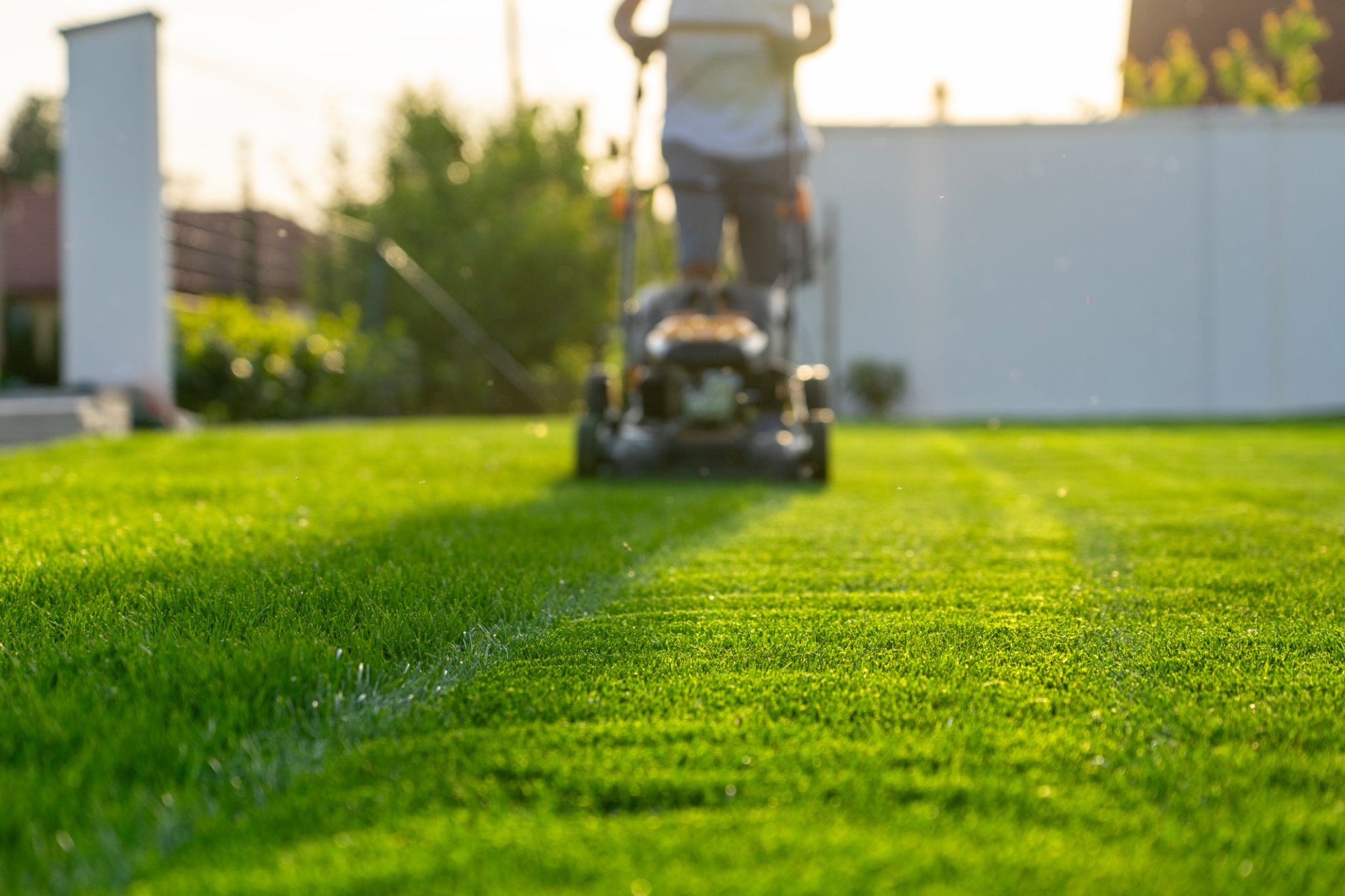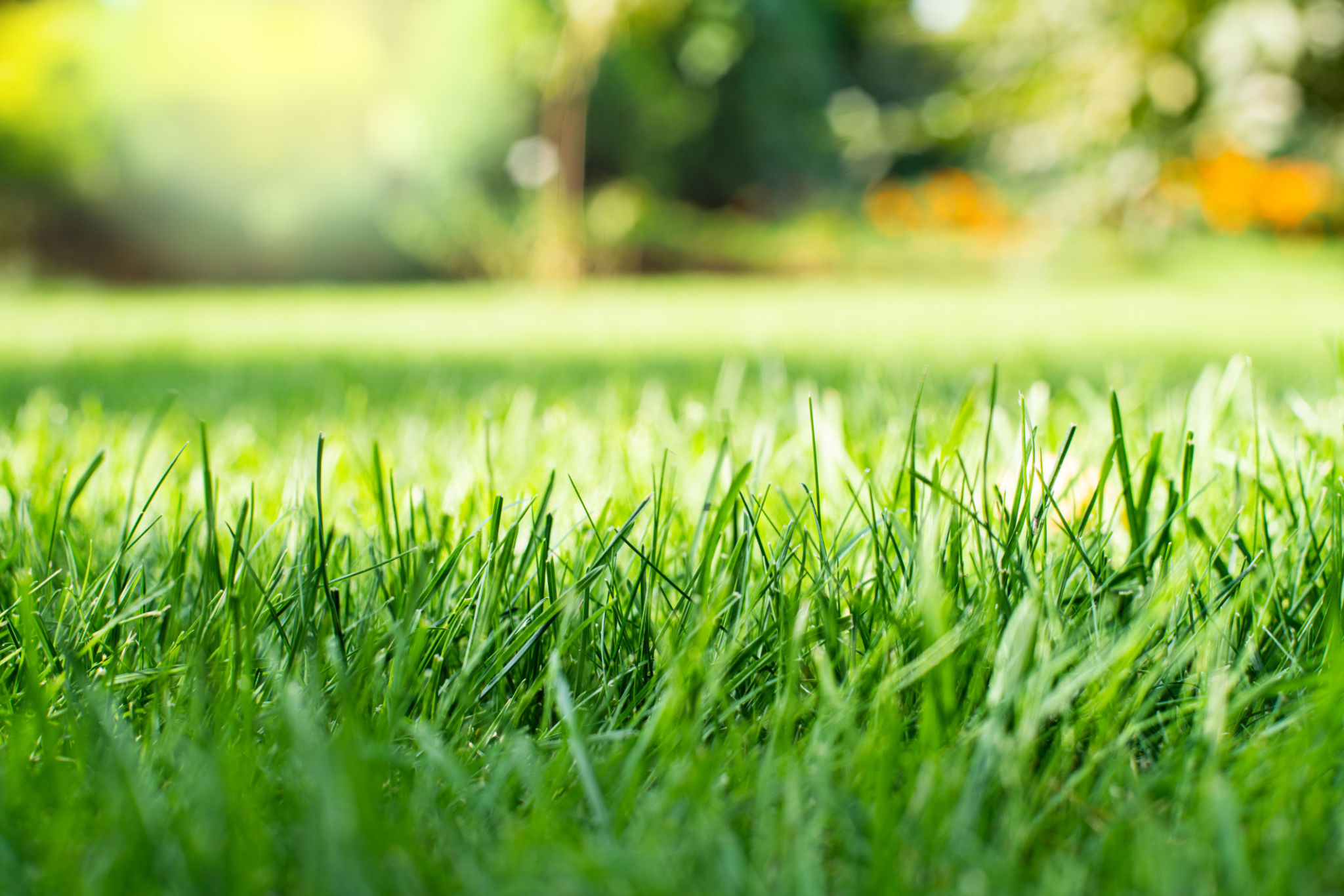The Ultimate Guide to Lawn Care in Hamilton
Understanding Hamilton's Climate
Hamilton, nestled between Lake Ontario and the Niagara Escarpment, experiences a humid continental climate. This unique climate influences how lawns need to be cared for throughout the year. With cold winters and warm, humid summers, it's crucial to tailor your lawn care routine to these seasonal changes.
During the spring, when temperatures rise, lawns begin to emerge from dormancy and require a boost of nutrients. Summer brings its own challenges with potential droughts and increased foot traffic, while fall is ideal for fortifying your lawn against the harsh winter months. Understanding these seasonal nuances is essential for maintaining a lush, green lawn.

Seasonal Lawn Care Tips
Spring Maintenance
Spring is the perfect time to give your lawn some much-needed attention after the winter freeze. Start by raking the lawn to remove any debris and thatch that has accumulated. This process will also help improve air circulation to the roots.
Consider aerating your lawn in the spring to allow nutrients, water, and air to penetrate the soil more effectively. Follow up aeration with fertilization using a high-quality fertilizer that contains nitrogen to encourage healthy growth. Overseeding any bare patches will ensure a thick, lush lawn as the season progresses.

Summer Strategies
In the summer, focus on maintaining moisture and preventing heat stress. Water your lawn early in the morning to reduce evaporation and ensure deep penetration. Aim for about 1 inch of water per week, including rainfall.
Mowing is another critical summer task. Set your mower blades higher, around 3 inches, to keep your grass cool and shade the soil, reducing water loss. Avoid cutting more than a third of the grass height at any time to prevent stress on the plants.

Fall Preparations
Fall is a crucial time to prepare your lawn for winter. Start by removing leaves and debris regularly to prevent mold and disease. This is also a great time to aerate once more and apply a fall-specific fertilizer that helps strengthen roots.
Consider overseeding in the fall to fill in thin areas and improve lawn density. As temperatures drop, gradually lower your mower height to reduce the chance of snow mold in winter. Proper fall preparation can lead to a healthier lawn come spring.
Dealing with Common Lawn Issues
Lawn problems can arise despite your best efforts. In Hamilton, common issues include pest infestations like grubs and chinch bugs, as well as diseases such as brown patch and snow mold. Early detection is key to managing these problems effectively.
For pests, consider using natural remedies like nematodes or consult with a professional for targeted treatments. Disease management often involves adjusting watering practices, improving drainage, or applying fungicides when necessary.

Choosing the Right Grass Type
The type of grass you choose for your Hamilton lawn can significantly impact its health and appearance. Cool-season grasses like Kentucky bluegrass and perennial ryegrass are popular choices due to their resilience to local climate conditions.
Selecting the right grass type involves considering factors such as shade tolerance, drought resistance, and maintenance requirements. Consulting with local garden centers or landscaping professionals can help you make an informed decision that aligns with your lawn care goals.
Conclusion
Maintaining a beautiful lawn in Hamilton requires understanding the local climate and adapting your care practices accordingly. By following seasonal maintenance tips, addressing common issues promptly, and selecting suitable grass types, you can enjoy a vibrant and healthy lawn year-round.
Lawn care may seem daunting at first, but with dedication and the right knowledge, you'll be well on your way to achieving the perfect outdoor space that enhances your home's curb appeal.
